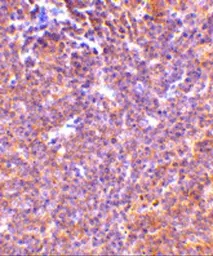PAK2 antibody
Cat. No. GTX31742
Cat. No. GTX31742
-
HostRabbit
-
ClonalityPolyclonal
-
IsotypeIgG
-
ApplicationsWB IHC-P ELISA
-
ReactivityHuman, Mouse, Rat


